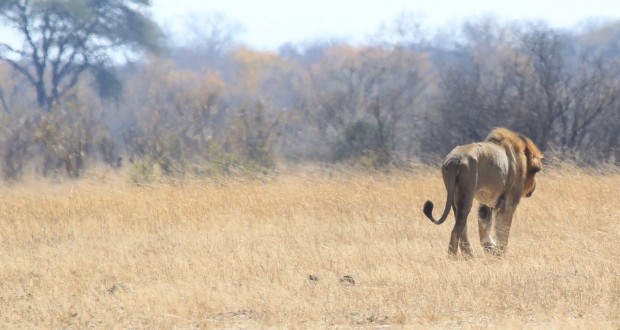After Cecil’s death, African lions to be added to endangered species list.
The United States is expected to add two species of lions in Africa to its endangered list Monday in a move that will make it more difficult for hunters to bring lion trophies back into the country.
The Fish and Wildlife Service, which manages the list, is linking the move to declining populations in the wild and the need to ensure those who illegally hunt cannot gain from their actions.
One lion species found in central and western parts of Africa, as well as India, has a population estimated around 1,000 and is being classified as endangered. The other species, predominant in eastern and southern Africa, has a population up to 19,000 and will be classified as threatened.
The labels will have strong implications when it comes to imports. Parts from endangered lions will be all but banned. For threatened lions, hunters must obtain a permit to import the animal from a country with solid conservation practices that benefit the species.
Trophy hunting became a prominent issue earlier this year after a U.S. dentist killed a famous lion named Cecil near Zimbabwe’s Hwange National Park. The dentist said he hired local guides with the required hunting permits and thought the hunt was legal. Zimbabwe said in October it would not charge him with any crime.
Agencies/Canadajournal
 Canada Journal – News of the World Articles and videos to bring you the biggest Canadian news stories from across the country every day
Canada Journal – News of the World Articles and videos to bring you the biggest Canadian news stories from across the country every day



